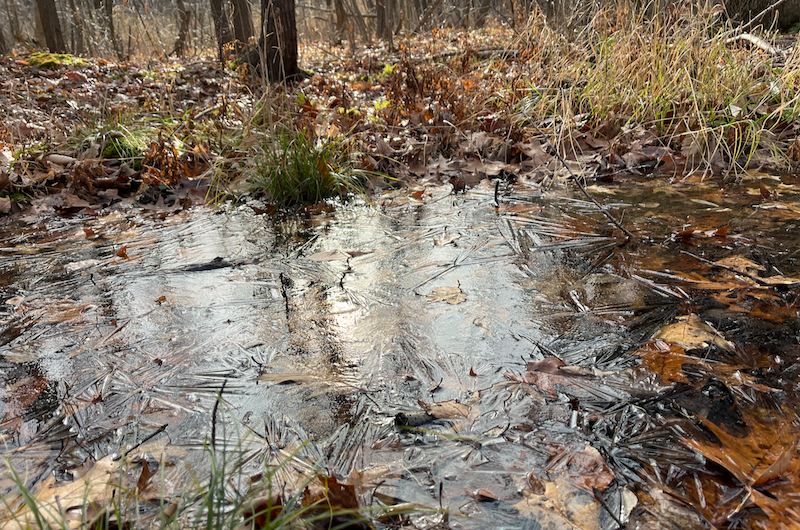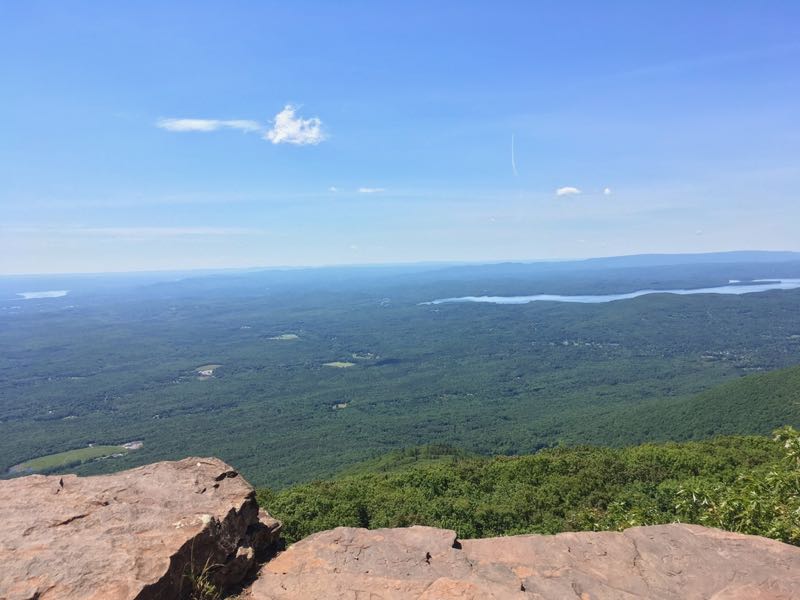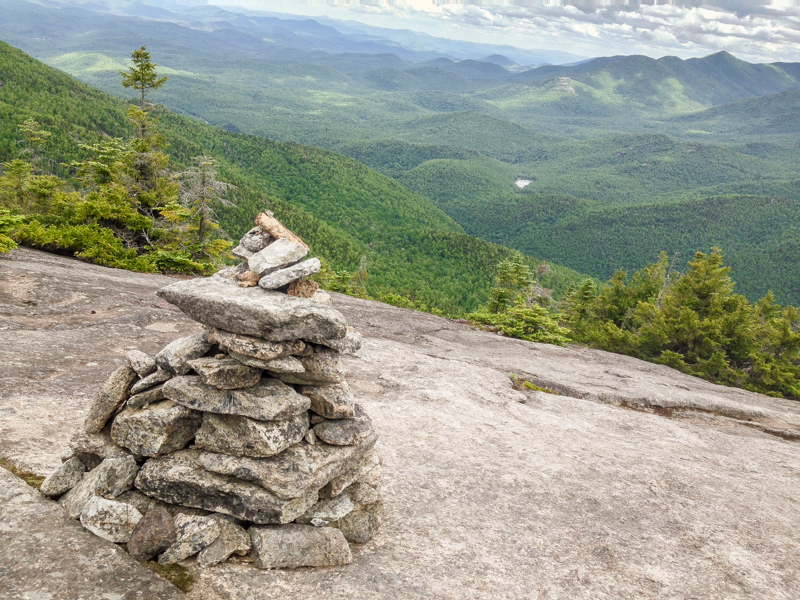Winter Hiking Tips
As you venture onto the trail, you see your breath condensing into a foggy mist. Soft, wet snowflakes fall, coating the ground in a brilliant white. Winter presents a time of great beauty, less foot traffic on popular trails, and a unique experience to get outside.
Yet this season can be the most dangerous of all if you hike into a remote area unprepared. Prepare yourself by dressing properly and knowing the potential dangers of freezing temperatures! In this article, we'll share a few tips to help you stay safe outside during winter.
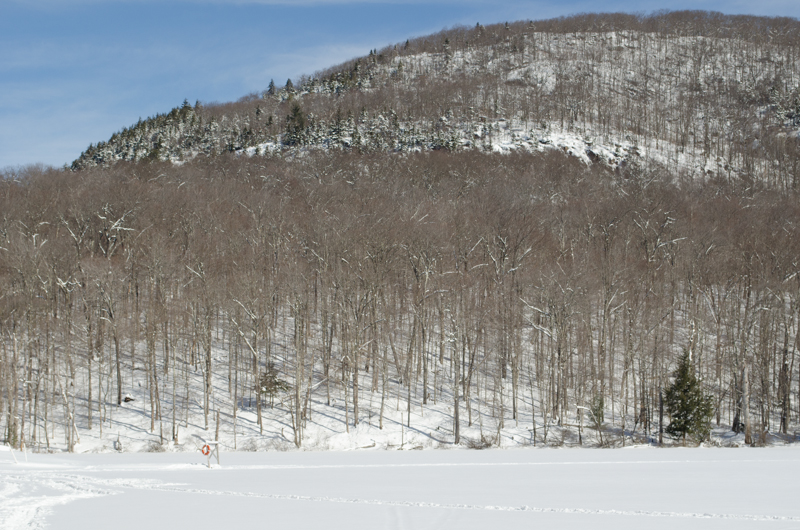
Layer Up: Wear Proper Clothes
While knowing what to wear while hiking is crucial any time of year, winter presents dangers like hypothermia if you don't dress correctly.
Bring multiple lightweight layers instead of a couple of super heavy layers. A light, non-cotton base layer made of a material like polyester is good to start, followed by a fleece and then a jacket or coat. Wool socks also help to keep your feet warmest while not absorbing moisture. Avoid wearing a cotton layer closest to your skin, as the sweat it absorbs will stay wet, causing discomfort and potential health hazards after extended exposure in freezing temperatures.
Be aware that higher elevations will likely be significantly colder and snowier than where you start out. While you may not need more than a light jacket at the bottom of a mountain, you might be wishing for an additional layer at the top. Conversely, you may also find yourself warming up as you expend energy, needing to shed a layer while still keeping covered enough to stay warm. Also, expect very windy conditions as you climb, so a ski mask and/or scarf may come in handy.
Know Your Way Around Snow and Ice
As you climb to elevations with more snow accumulation, you may find yourself "postholing" if you're hiking in boots alone. The process of stepping in and out of deep layers of snow will quickly wear you out; in this type of a condition, snowshoes are a good choice of footwear.
If you're in an exposed area where snow has frozen to ice, you'll likely want to wear crampons, in essence metal spikes that attach to your boots. You'll have much better grip to avoid slipping as you climb.
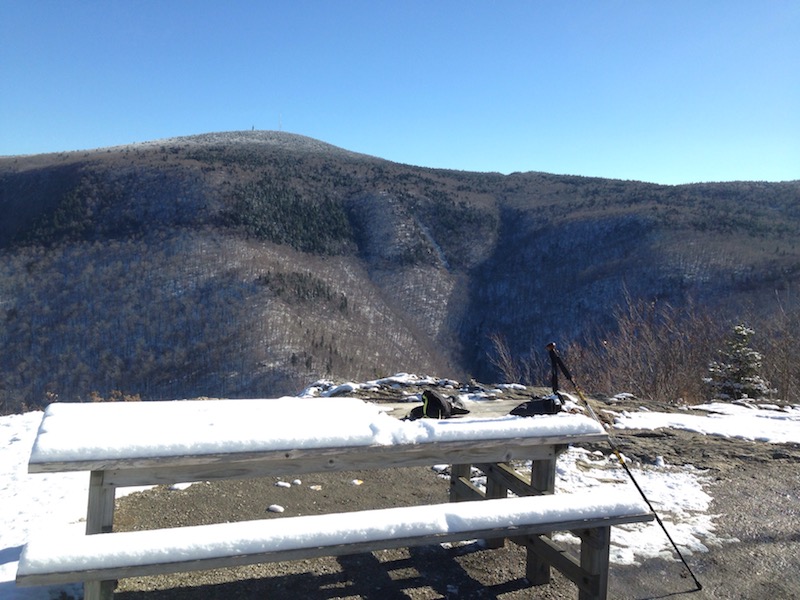
Don't Freeze Your Water Source
Of course, you should always bring more than enough water to stay hydrated during a hike. However, in winter, you need to be wary that your water bottle (or whatever you use to carry water) doesn't freeze! Hydration packs can be especially problematic in frigid weather, as water will freeze in the hose.
Carry a well-insulated bottle and warm up water in advance. Even better, bring hot tea, which will stay warm for a while and provide needed electrolytes.
Watch Your Body's Signs
The cold can zap your body's energy more quickly than you expected. Even if you're an experienced hiker in warmer weather, frigid weather can make you tired more quickly. Too much moisture in cold weather, especially if you don't wear proper clothing, can potentially lead to hypothermia and other dangerous conditions. Know your body's limits, and if your body tells you to turn around, don't go further. Don't hike alone - especially if you're not experienced in winter hiking, travel with someone who is while going into a remote area.
Get Outside and Have Fun!
Cold, snowy weather is no reason to stay cooped up inside. With the right clothing and preparation, you can enjoy a day outside just as much in the winter as in other times of the year! Keep our tips in mind when planning your next outdoor excursion.
Check out one of my favorite Adirondack trail guides.
See more posts in the Hiking Tips category.
